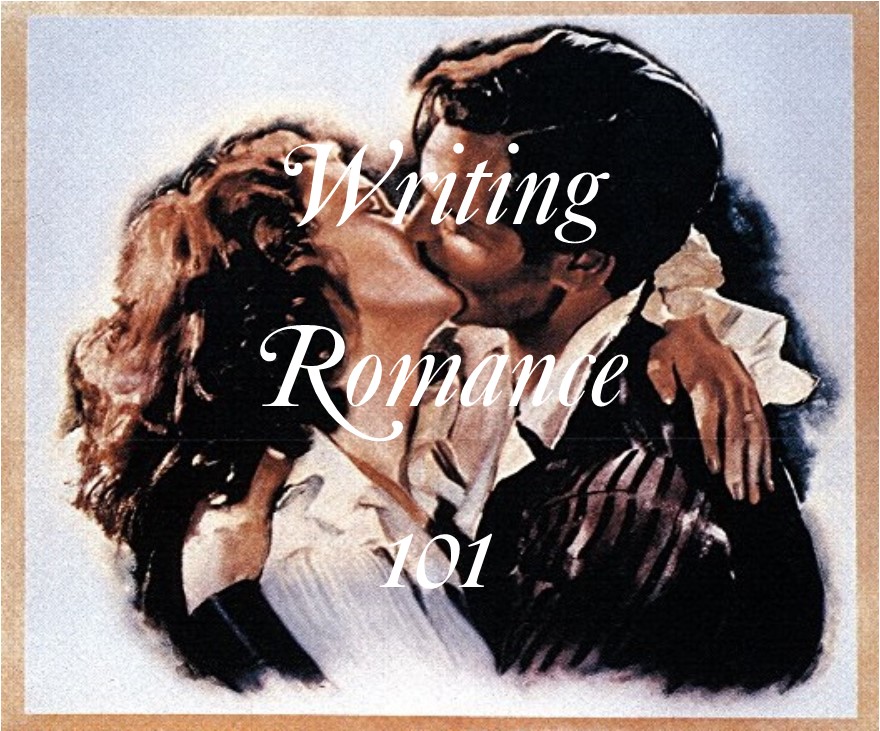
Writing Romance
DON’T GO BREAKING MY HEART
Romance readers’ expectations: Finding the best setbacks and obstacles for my couple to overcome is one of my greatest…
February 23, 2025
Romance readers’ expectations: Finding the best setbacks and obstacles for my couple to overcome is one of my greatest…
February 23, 2025
Plotter or Pantser? Or Plottser? Outline or just start writing? Index cards or story map? The Hero’s Journey or…
May 23, 2024
Writers Chat, hosted by Johnnie Alexander, Brandy Brow, and Melissa Stroh is the show where we talk about all…
February 15, 2024
So many personality types and traits and tools to figure them out. The Enneagram Myer Briggs The OCEAN Model…
February 25, 2023